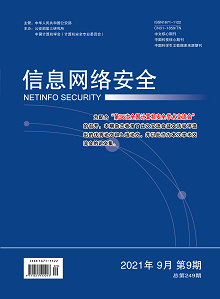Simulation modeling is an important research method in ICS network security, but pure software simulation methods have difficulties in modeling security functions and lacking of response from the core control layer, which leads to the blurred focus of network security protection of the target system and the deterioration of the ability to defend against attacks. Combining the shortcomings of inflexible simulation modeling and incomplete testing methods in actual research,this paper proposed a network security testing method for airport fuel supply automatic control system based on a semi-physical platform for civil aviation industry control systems. Firstly, the DCS design model was used to build a semi-physical simulation test platform, and PLC was used as the core controller to construct the oil sending and receiving module, the tank dumping module and the tank group management module. Subsequently, based on the premise that the attacker completed the system intrusion, ARP attacks, flooding attacks, and industrial protocol tampering attacks were used to conduct network test attacks on the production process of the system, and the configuration demonstration interface and physical objects were used to jointly verify the attack effect. Finally, industrial firewalls and gatekeepers were used to test and verify the protection capabilities, and the protection opinions of airport fuel supply automatic control system were given.

